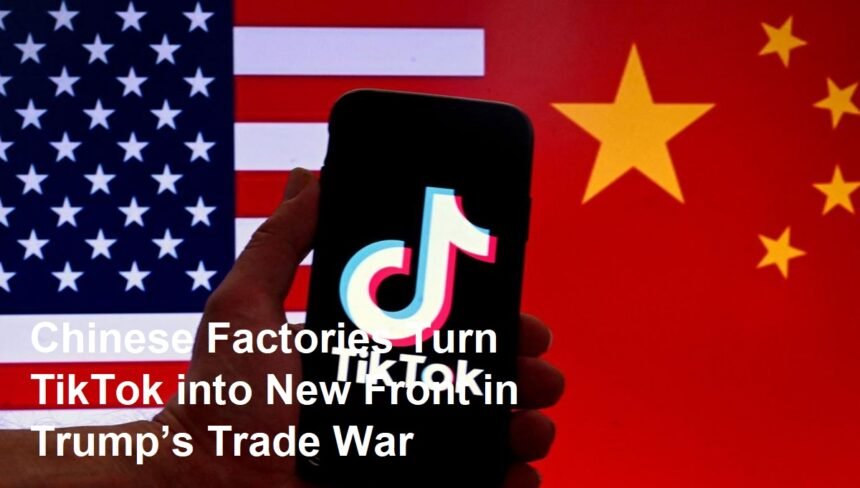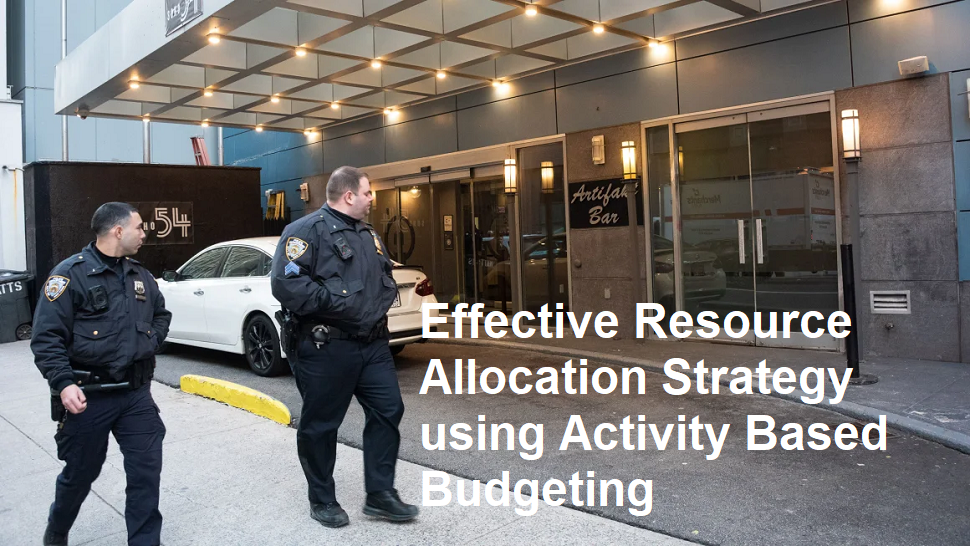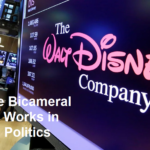Chinese factories have taken the U.S.–China trade war onto social media, using TikTok to lure American shoppers directly to their production lines in an effort to bypass President Donald Trump’s steep tariffs. In recent weeks, dozens of TikTok clips have gone viral, showcasing sprawling warehouses and assembly lines in eastern China while promising U.S. consumers authentic, brand-name merchandise at radically discounted prices. The move represents a novel front in a trade conflict that began in 2018 but shows little sign of abating.
Since early April 2025, the Trump administration has imposed punitive levies as high as 145 percent on Chinese goods—up from 10 percent just weeks earlier—in retaliation for what it terms unfair trade practices. President Trump publicly acknowledged reconsidering further increases amid concerns that soaring tariffs could dampen U.S. consumer spending and inflation-battered families. China, for its part, has signaled restraint, suggesting it won’t immediately mirror Trump’s steepest duties.
Against this escalating backdrop, TikTok creators claiming to be factory managers or insiders are posting “buy-direct” videos featuring everything from yoga pants to luxury handbags. One wave of videos highlights purported Hermès and Lululemon production lines, while others boast access to Birkenstock, Nike, or even Louis Vuitton manufacturing facilities. These clips typically show rows of stitching machines and shelves stacked with finished goods, accompanied by captions inviting viewers to “cut out the middleman” and save up to 90 percent on retail prices.
A particularly popular video, which has amassed nearly 10 million views, features a woman standing on a dimly lit factory floor holding a pair of leggings. She claims these leggings come straight from the same conveyor belt that outfits Lululemon stores—and can be had for just $5–$6, instead of the roughly $100 U.S. shoppers typically pay. The promotional tone is polished: creators emphasize “direct from factory” authenticity, zooming in on woven tags and zipper details to bolster credibility.
Major brands have pushed back. A Lululemon spokesperson reiterated that only about 3 percent of its goods are manufactured in mainland China, directing consumers to its publicly available supplier list. Louis Vuitton and Hermès have likewise denied any Chinese production of their finished luxury lines, warning that videos suggesting otherwise are “misleading” and likely originate from unauthorized, counterfeit producers.
Industry experts say these TikTok trends are almost certainly the work of so‑called “dupe” or counterfeit manufacturers capitalizing on consumer frustration. “They’re trying to conflate the fake manufacturers in China with the real manufacturers,” explained Conrad Quilty‑Harper, author of Dark Luxury, a newsletter on the high‑end goods market. “They’re very clever with their social media, and they’re very effective at driving demand in the West”.
Moreover, the promise of tariff-free purchases often misrepresents the reality of international shipping and customs enforcement. While some electronics, including smartphones, have recently been exempted from the latest surcharges, the vast majority of consumer goods remain subject to the 145 percent duty. Skirting U.S. import regulations through direct-from-China ordering can still result in seized packages or surprise fees upon delivery.
Despite these hurdles, a niche of American TikTok users has embraced the videos as a savvy hack. “It’s fascinating to see the real factories,” one commenter wrote beneath a viral clip, “and who doesn’t want a Hermes look‑alike for $100 instead of $2,000?” Others view the trend as a form of protest against tariffs, celebrating any opportunity to minimize costs amid stretched household budgets.
The phenomenon carries an additional layer of irony: an app partially owned by a Chinese parent company is serving as the stage for poking fun at American trade policy. Some analysts suggest the trend fuels Beijing’s soft‑power play, subtly undermining the political narrative in Washington by empowering individual consumers to circumvent official channels.
Ultimately, while the TikTok “factory tours” reflect real consumer angst over rising prices, they offer only a fleeting illusion of relief. Tariffs remain in force, quality and authenticity cannot be guaranteed, and customs enforcement has shown little tolerance for unauthorized imports. As the trade war grinds on, American shoppers seeking the thrill of a bargain may find that the risks of buying direct outweigh the advertised savings. The latest battlefield, it seems, is not a negotiation room but a short-form video feed.












